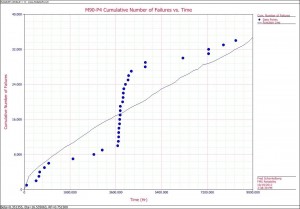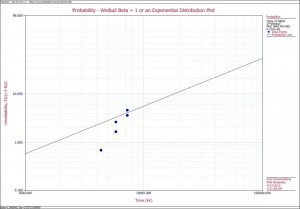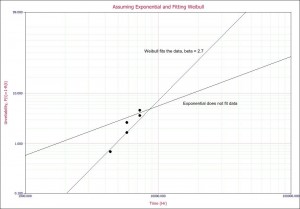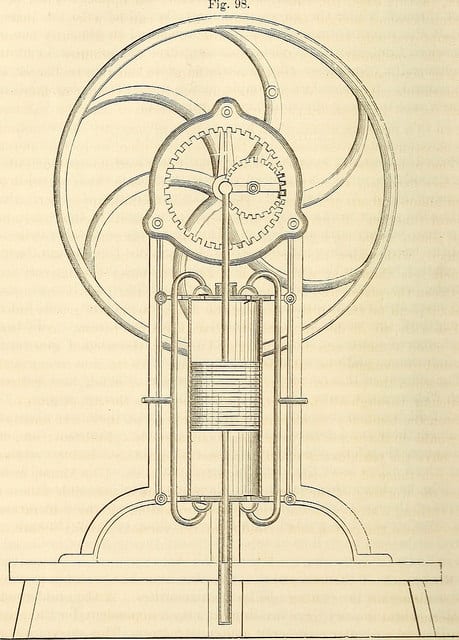
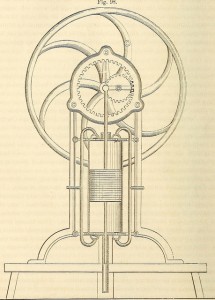 How to Translate Customer Expectations About Reliability
How to Translate Customer Expectations About Reliability
As a customer when I purchase a new car, a toaster, or a pump for my production line, I expect it to work. To Just Work. As a reliability professional, I also have the language to specify what I mean by, ‘just work’.
Customers that are not reliability engineers do not accurately specify what they mean by ‘it should just work’. So, we have to do a little extra to help translate that they want into specifications that we (manufacturer of the item) can create and deliver. [Read more…]
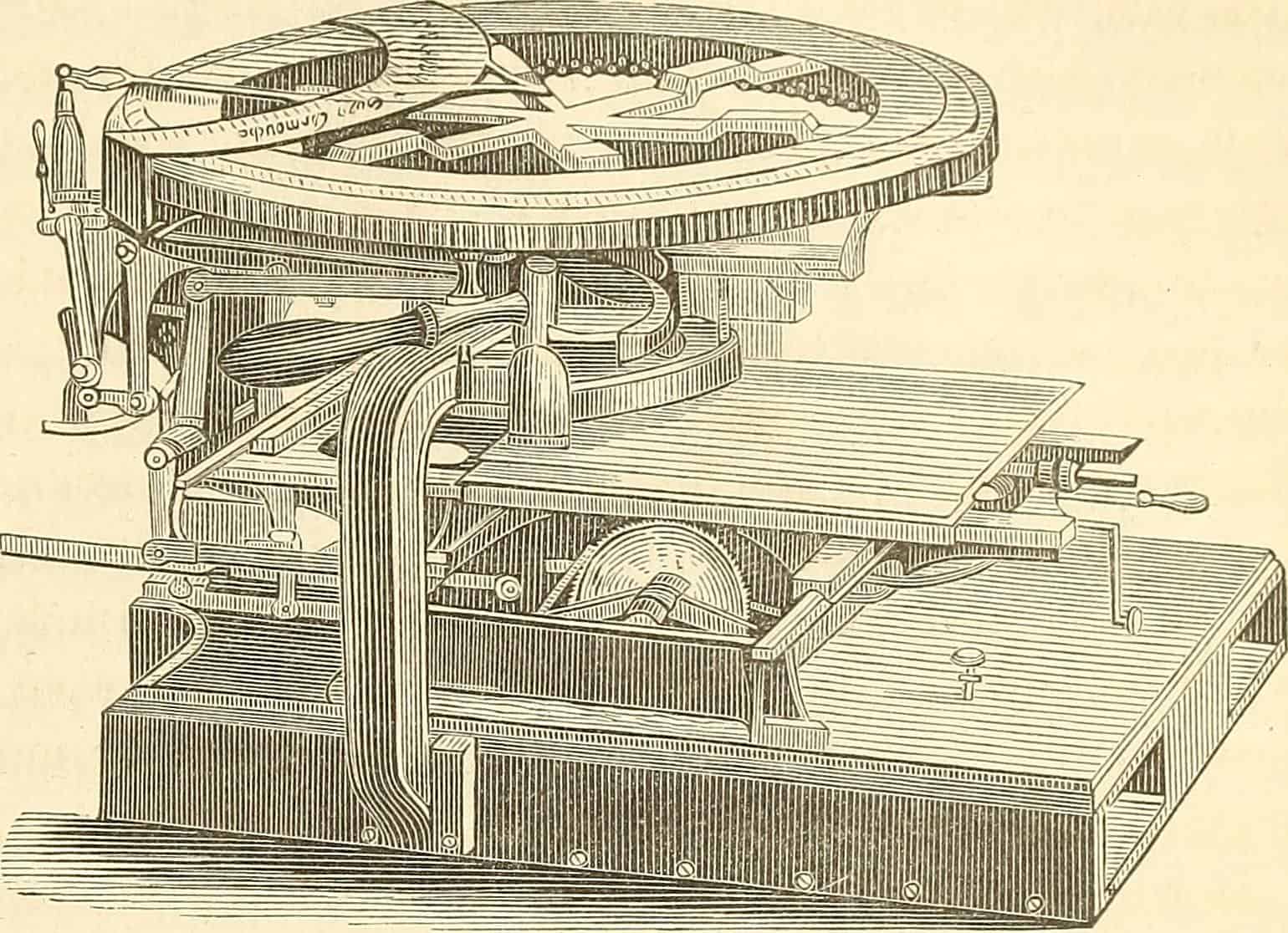
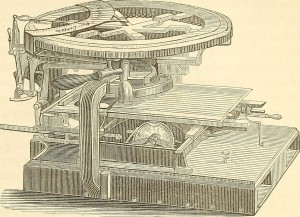
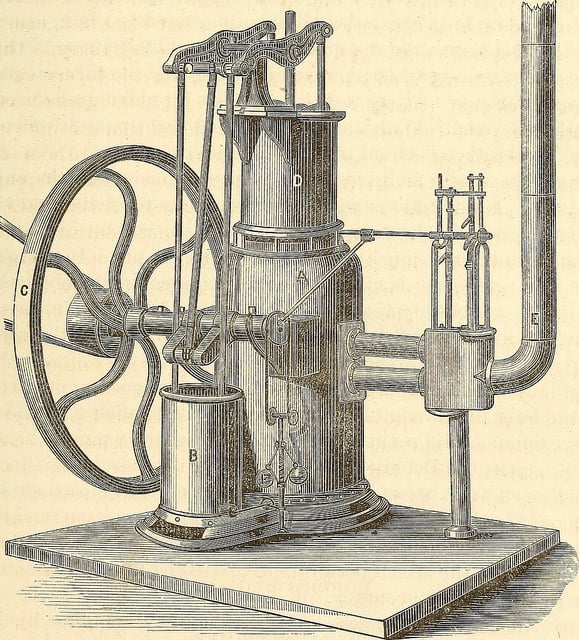

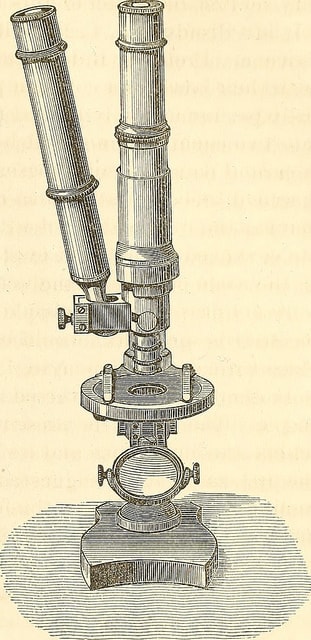


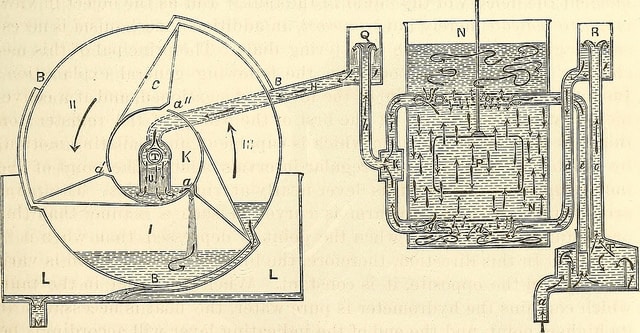
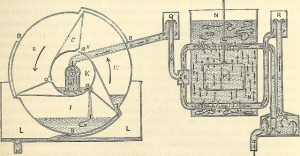


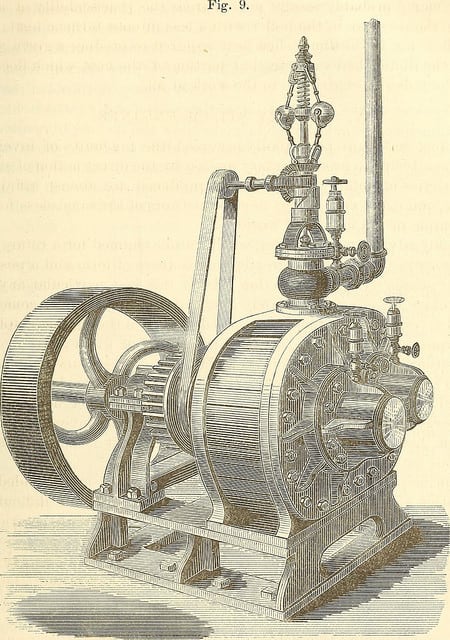





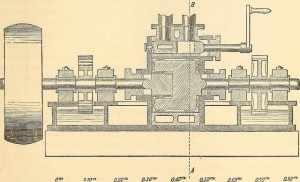
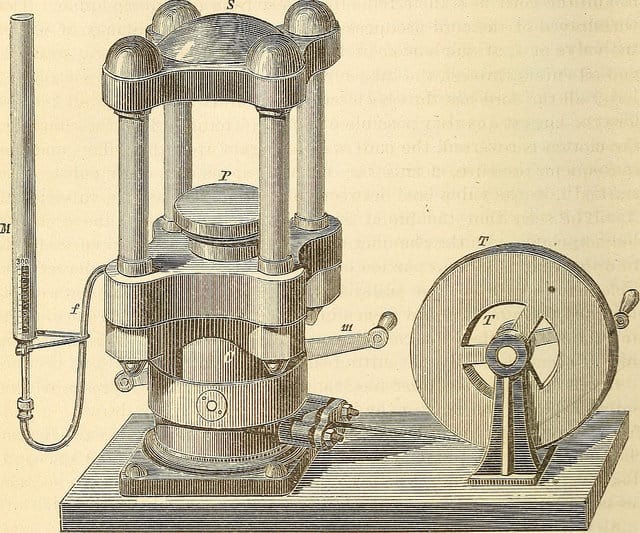
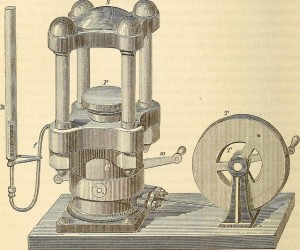
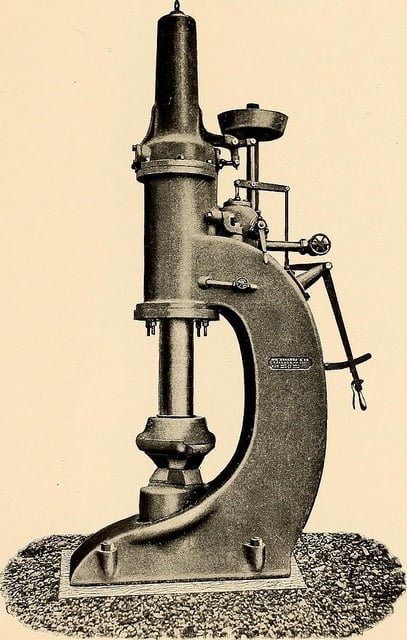
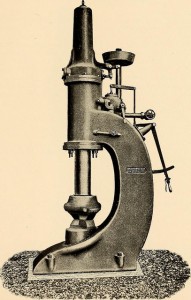
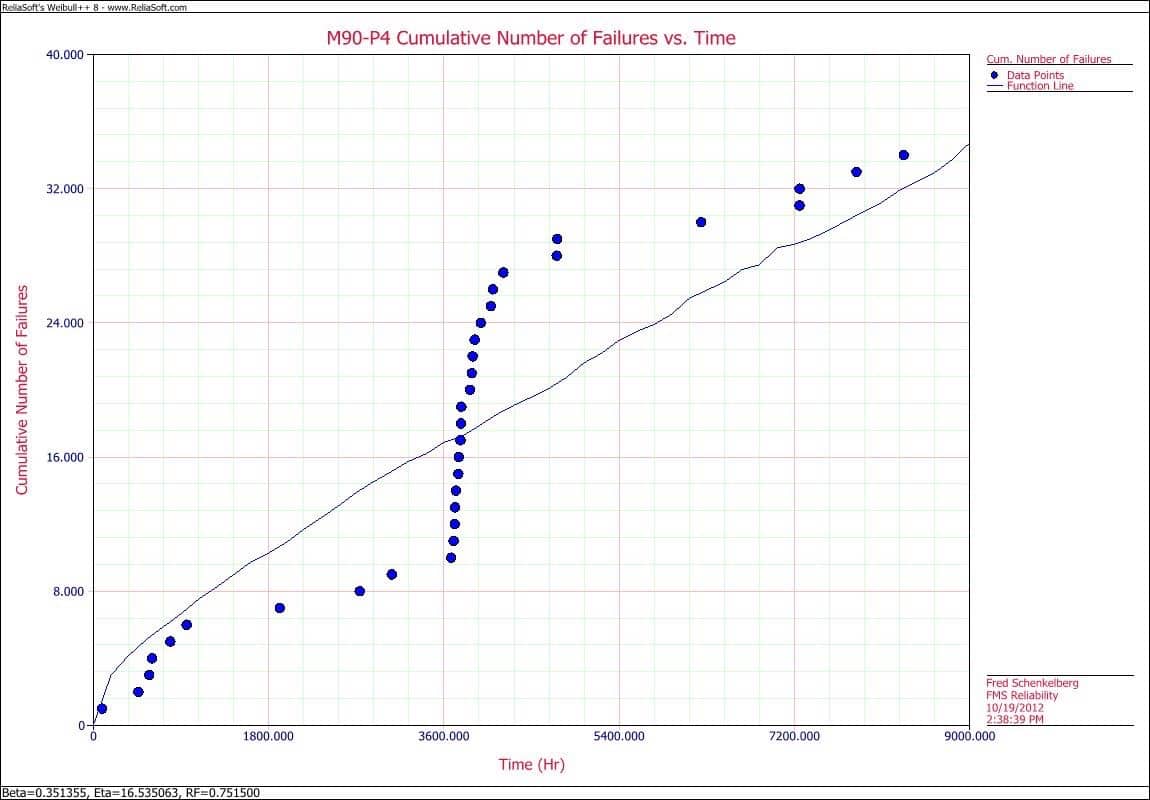
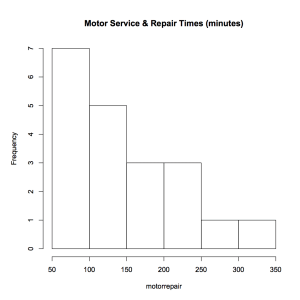 In this case the plot is of service and repair times (most likely similar to the times the garage has my car for a oil change and tune up). Right away we see more than just a number. The values range from about 50 up to about 350 with most of the data on the lower side. Just a couple of service times take over 250 minutes.
In this case the plot is of service and repair times (most likely similar to the times the garage has my car for a oil change and tune up). Right away we see more than just a number. The values range from about 50 up to about 350 with most of the data on the lower side. Just a couple of service times take over 250 minutes.